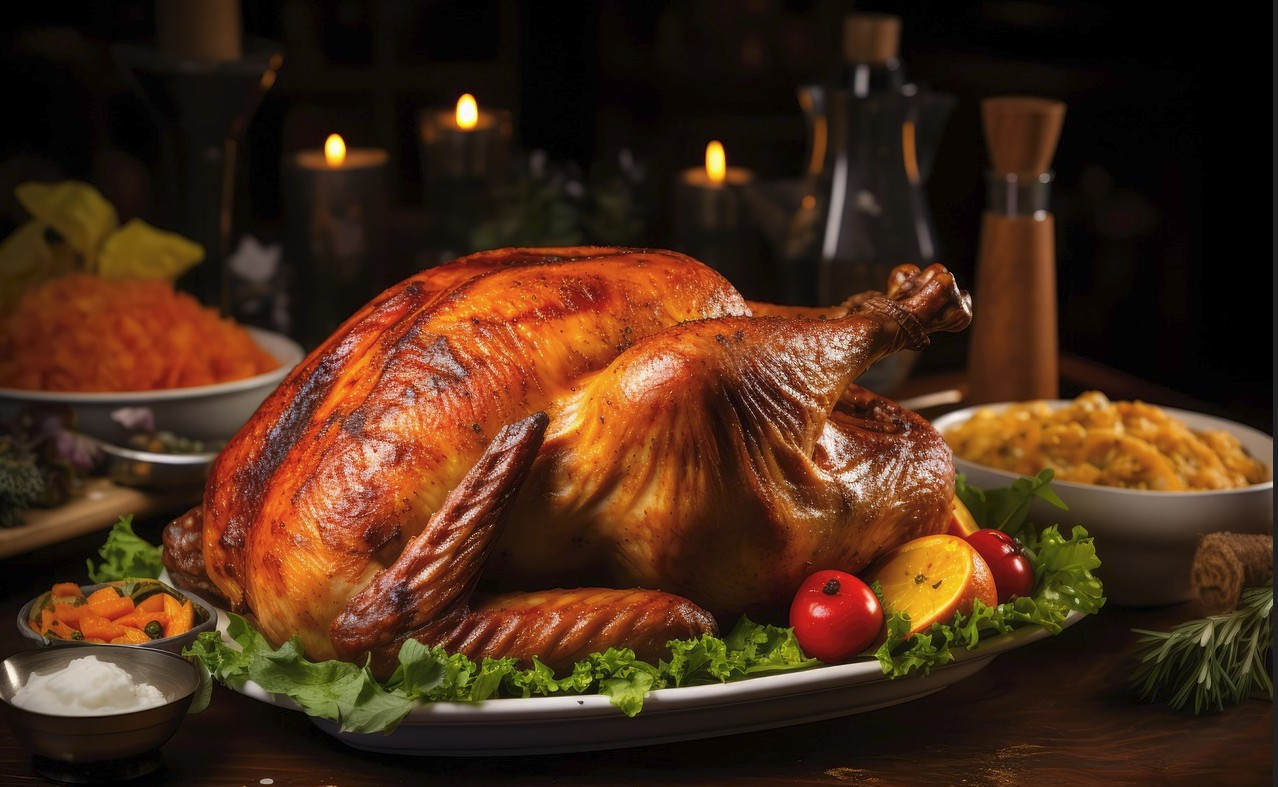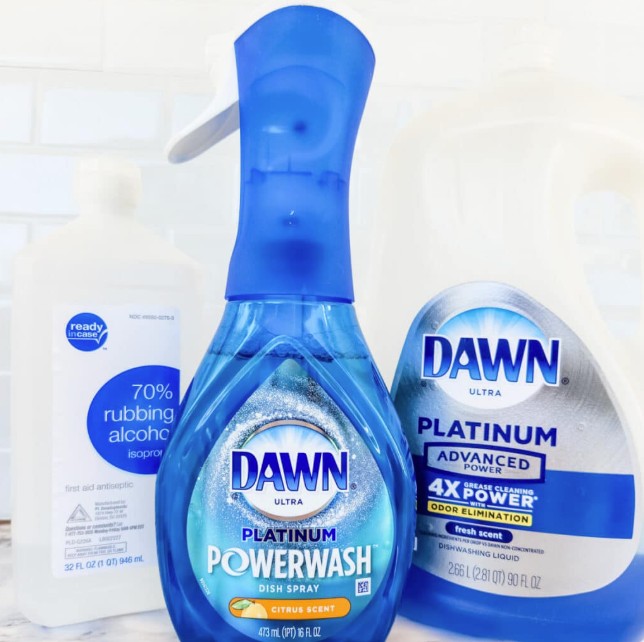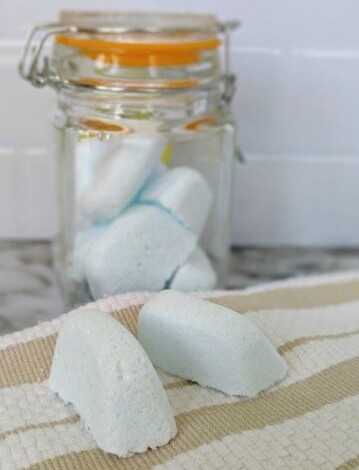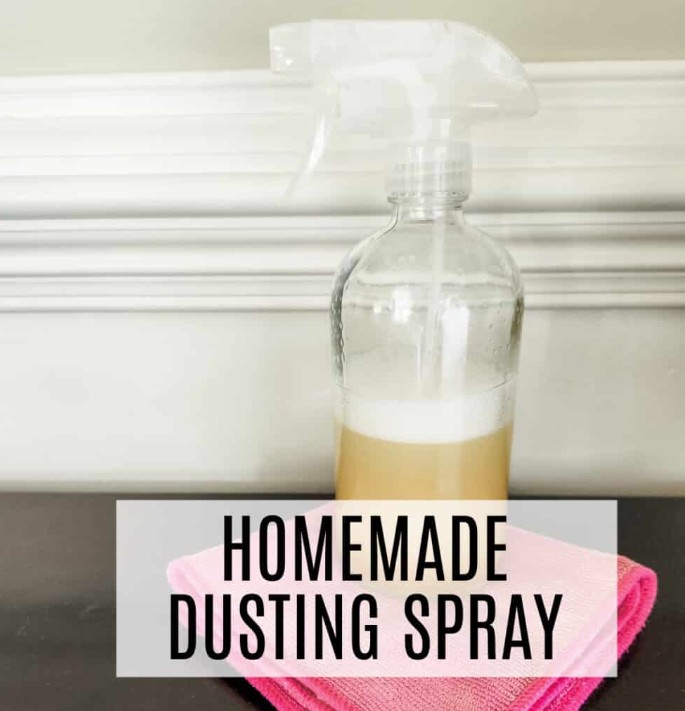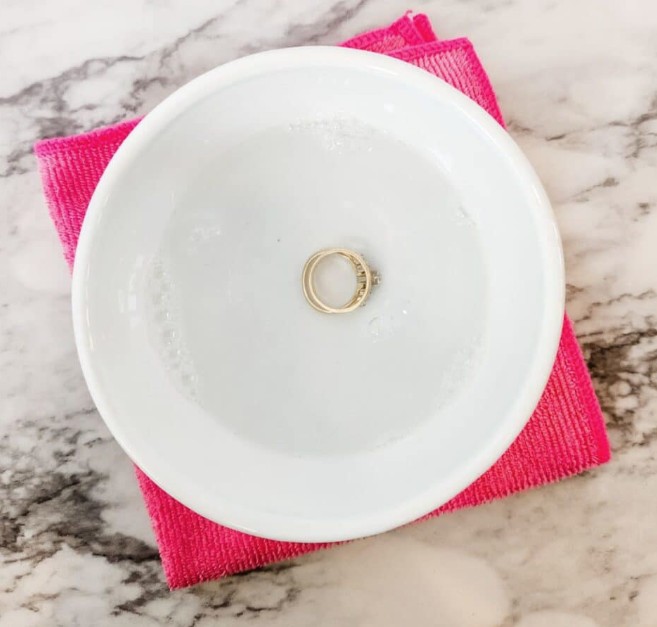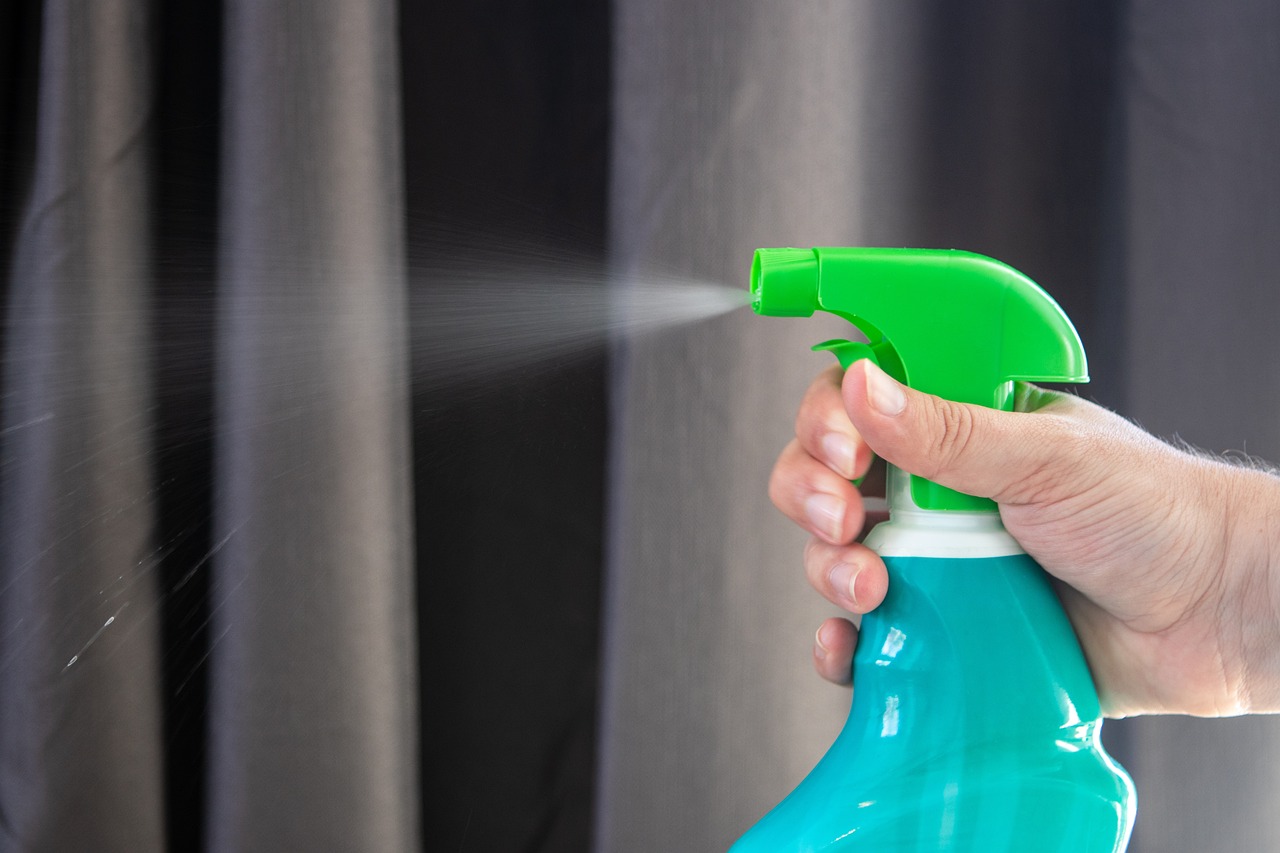Dawn Powerwash has a bit of a cult following in kitchens across the country. If you’ve seen its blue spray bottle on your neighbor’s sink, you know why. It promises to cut through grease, stickiness, and kitchen mess with almost no scrubbing. Just spray, let it sit, and wipe. For some, that ease is worth every penny. But what if you love the spray’s punch but want to save money, avoid trips to the store, or even control the ingredients in your cleaning routine? That’s where a DIY Dawn Powerwash steps in, offering all the convenience (and satisfying suds) in a bottle you refill yourself.
Making your own Dawn Powerwash helps you save cash, cut down on plastic waste, and change up the formula for your family’s needs. Whether you’re a clean freak, a parent who’s always wiping up, or just someone who likes a good hack, this spray can make your life simpler—and your counters cleaner.
Understanding Dawn Powerwash and Its Key Benefits
What makes Dawn Powerwash stand out among dish soaps? The answer comes down to its touchless spray and unique mix of grease-cutting and fast-rinsing ingredients. With a regular dish soap, you glaze the sponge with soap, add water, and scrub. Dawn Powerwash flips the script. It sprays foamy soap right onto the mess—think peanut butter on a knife, baked cheese, even muddy pet bowls—and starts breaking down grime before you even touch it.
Why people love it:
- It’s fast. Spray, wait a few seconds, and wipe. No need to soak dishes forever.
- It’s versatile. Many users swear by it for kitchen counters, stovetops, greasy pans, kids’ lunchboxes—some even use it on shoes and laundry stains.
- It stretches further. The foaming action means you use less product per chore.
- It cuts grease like nothing else. That’s Dawn’s claim to fame, and Powerwash really delivers on it.
It’s easy to see why the bottle goes empty so fast!
DIY Dawn Powerwash: Step-by-Step Guide
You don’t need a chemistry set, fancy chemicals, or even a brand-new bottle. The classic blue Dawn, a bit of rubbing alcohol, water, and an empty spray bottle are all it takes. You probably have everything at home already.
Gathering Ingredients and Materials
Here’s what you’ll need:
- Dawn Dish Soap (blue is best): The original formula works just like the Powerwash. Any kind will do, but skip anything labeled “ultra concentrated” or “restores moisture.”
- Rubbing alcohol: This gives the formula some grease-busting power and helps it dry without streaks. Go for a 70% or higher solution if you have it.
- Water: Filtered or distilled water keeps things streak-free and avoids leftover muck, especially if your tap water is hard.
- Spray bottle: Refill your old Dawn Powerwash bottle, or use a foaming soap dispenser for best results.
- Essential oils, optional: A few drops of lemon or tea tree oil add a fresh scent and boost cleaning.
You can find these supplies at any grocery or big-box store. Check the soap aisle, pharmacy section, or even your own cleaning stash.
Mixing the Solution: Recipe and Ratios
Measuring isn’t just for baking. The right ratios give you maximum cleaning without extra suds or streaks on your dishes.
DIY Dawn Powerwash Recipe:
- 2 oz. Dawn dish soap (about 4 tablespoons)
- 1 cup rubbing alcohol (isopropyl, 70% or higher)
- 12-16 oz water (start on the low side and add more to get the desired thickness)
- 10 drops essential oil (totally optional)
How to mix:
- Pour the Dawn dish soap into your bottle first. It helps everything blend better.
- Add the rubbing alcohol. If you’re using a smaller bottle, cut the amounts in half.
- Slowly pour in the water. Don’t shake hard yet, as this tends to create endless bubbles.
- If you want scent, drop in your chosen essential oil.
- Put the cap on tightly, then gently turn or rock the bottle until the ingredients are combined. If it gets super bubbly, let it rest before use.
Need a stronger mix? Use less water. For lighter jobs (like glass or mirrors), add more water for a milder spray that won’t streak.
Filling, Storing, and Using Your DIY Powerwash
Filling the spray bottle:
If you’re upcycling an old Dawn Powerwash bottle, rinse it thoroughly first. A tiny funnel or measuring cup with a spout makes filling spill-free.
Storage tips:
- Keep the bottle away from direct sunlight.
- Don’t use water from the tap if your area has hard water issues—it can leave spots and may clog the sprayer.
- Store with the sprayer upright to avoid leaks.
How to use:
- Spray directly on greasy dishes, pots, pans, counters, or even plastic and glass storage containers.
- Let sit for at least a minute (for tough messes, wait longer).
- Wipe with a sponge or cloth, then rinse with water.
- It works as a spot cleaner on fabric—just do a test first on a hidden area.
1st Recipe Dawn Powerwash (How To Make Dawn Powerwash)
It takes about three minutes to whip up a refill of DIY Dawn Powerwash for your kitchen. Odds are, if you cook at home, all the ingredients are waiting in your cabinets.
Here’s what you need:
- 2 oz. Dawn dish soap (the blue one is my favorite)
- 1 cup rubbing alcohol (the stronger, the better)
- 12-16 oz water (add slowly until the consistency matches the store version)
- Container (reuse your empty Powerwash bottle—it’s perfect)
- 10 drops essential oils, if you like a little extra scent
Pop the top back on, give it a gentle shake (don’t go wild, or you’ll make a bubble explosion), and you’re set. It’s ready to tackle whatever sticky, greasy job you throw at it.
Tips, Customizations, and Troubleshooting
Some helpful hints and tweaks:
- If the spray bottle gets clogged, run the nozzle under hot water or soak it in a mug of warm water and vinegar.
- For glass, use less soap and alcohol to avoid streaks. Dilute the mix further if you want a gentler spray.
- If you prefer a plant-based or eco-friendly cleaner, try an unscented castile soap instead of Dawn. Just know the degreasing punch won’t be quite as strong.
- Ran out of rubbing alcohol? Use white vinegar as a swap. The scent won’t stick around, and it fights grime but be aware it doesn’t evaporate as quickly as alcohol.
- Add baking soda to the mix for more scrubbing power on bathrooms or stovetops—just remember it may clog a regular sprayer if not dissolved well.
Some people like to add a dash of hydrogen peroxide for extra disinfecting. It won’t hurt, but don’t mix it with vinegar in the bottle.
If your spray is too thick or leaves residue, add a splash more water and remix. Thin is usually better for spray bottles.
DIY Dawn Powerwash gives you all the cleaning power of the store version—with more control and less cost. You’ll cut grease, stretch your budget, and reduce plastic waste in a single stroke. Whether you tweak the recipe to suit your family, add extra scents, or keep a bottle in every room, making your own is easy and rewarding. Try your hand at a batch and let me know how it compares to the store version. If you invent your own twist or run into issues, leave a comment—let’s trade kitchen secrets!






